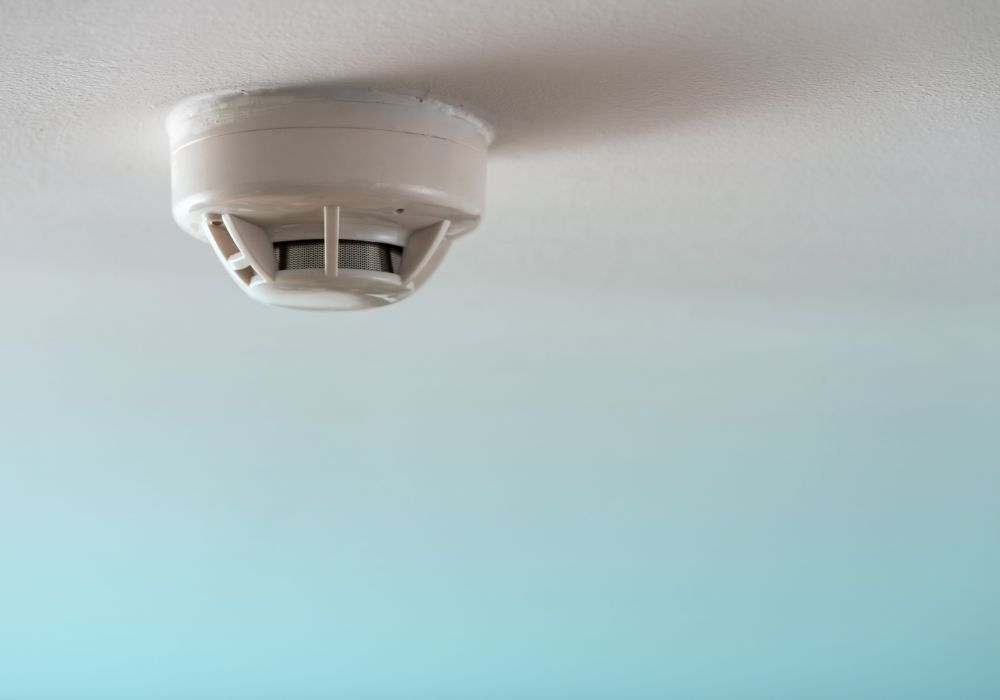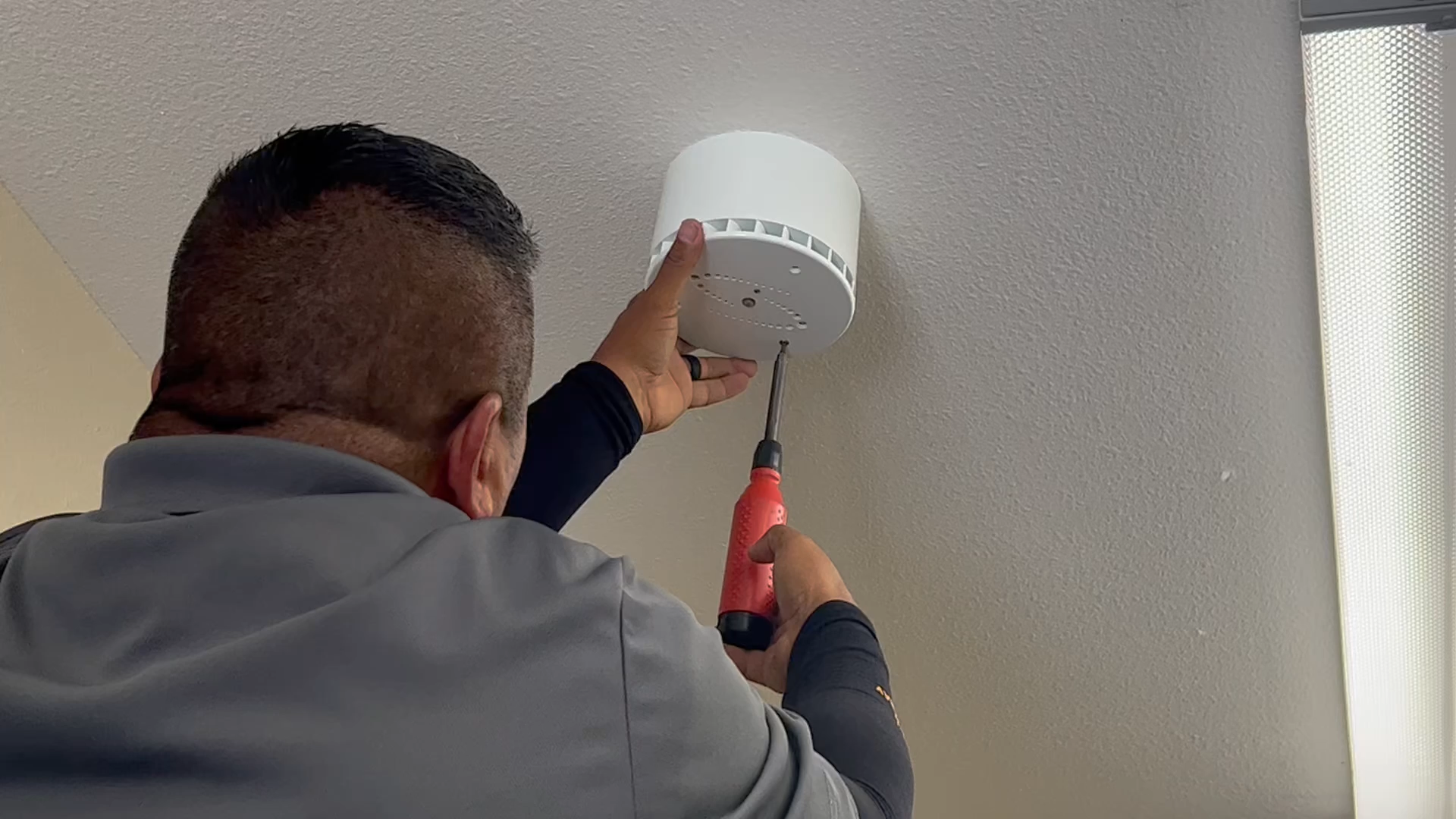Vaping, once seen as a safer alternative to smoking, has now become a concern, especially in schools and public spaces. In response, technology has stepped up to monitor and control this behavior through the use of vape detectors. In this guide, we delve into the fascinating world of vape detectors, unraveling the technology behind these devices in 2023.
The Science of Detection

Vape detectors have become increasingly sophisticated, utilizing a blend of sensors and algorithms to identify vaping substances in the air.
Understanding Sensor Technology
Sensors that are sensitive to the chemical makeup of vape aerosols are built into vape detectors. These sensors identify the presence of aerosols and chemicals generated during vaping. Typically, they consist of particulate matter (PM) sensors and volatile organic compound (VOC) sensors. The VOC sensor finds the organic compounds in the vape juice, while the PM sensor finds the tiny particles created in vape clouds.
Advanced Algorithms at Work
Once the sensors capture the data, advanced algorithms come into play. These algorithms are designed to differentiate between vape aerosols and other substances like perfume or humidity, reducing false alarms. This distinction is crucial in environments like schools or offices where other aerosols are common. The algorithms analyze the sensor data, looking for specific patterns and concentrations that match the signature of vaping.
Integration and Response

The effectiveness of vape detectors isn’t just in detection; it’s also in how they are integrated into a broader system and their response mechanisms.
Integration with Existing Systems
Modern vape detectors are designed to seamlessly integrate with existing security and monitoring systems. They can connect to Wi-Fi or wired networks, allowing real-time alerts and data synchronization. This integration enables swift responses from authorities or administrators when vaping is detected, ensuring that appropriate actions are taken promptly.
Automated Responses and Alerts
Upon detecting vape aerosols, these devices can trigger various automated responses. This could range from sending alerts to designated personnel (like school administrators or security teams) to activating other systems like cameras or public address systems. This automation ensures that responses are not only quick but also consistent, making it an effective deterrent against vaping in restricted areas.
The Future of Vape Detection Technology

As we look towards the future, vape detection technology is poised to become even more advanced and integrated into our daily lives.
Next-Generation Innovations
The future of vape detection technology is likely to see significant advancements. Researchers and developers are continuously working to improve the accuracy and efficiency of these detectors. We can expect the introduction of more sophisticated sensors that can detect a wider range of substances with greater precision. Additionally, advancements in machine learning and artificial intelligence (AI) could lead to smarter algorithms that can adapt and respond to new vaping products and patterns.
Conclusion
Vape detectors represent a fusion of sophisticated sensor technology and intelligent algorithms, providing an effective solution to monitor and control vaping. Their ability to integrate with existing systems and automate responses makes them invaluable in maintaining health and discipline in public spaces. As technology evolves, we can expect these devices to become even more efficient and widespread in their usage.
